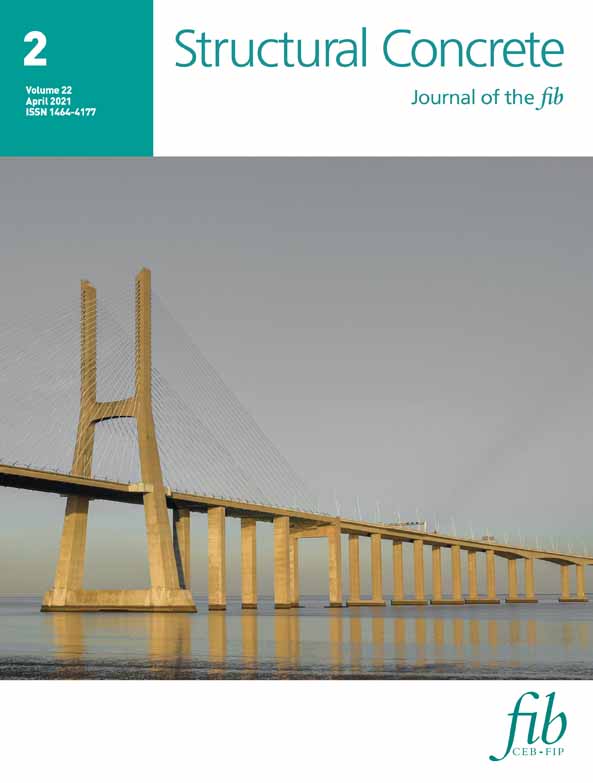Model uncertainty in non-linear numerical analyses of slender reinforced concrete members
Discussion on this paper must be submitted within two months of the print publication. The discussion will then be published in print, along with the authors’ closure, if any, approximately nine months after the print publication.
Abstract
The present study aims to characterize the epistemic uncertainty within the use of global non-linear numerical analyses (i.e., NLNAs) for design and assessment purposes of slender reinforced concrete (RC) members. The epistemic uncertainty associated to NLNAs may be represented by approximations and choices performed during the definition of a structural numerical model. In order to quantify epistemic uncertainty associated to a non-linear numerical simulation, the resistance model uncertainty random variable has to be characterized by means of the comparison between experimental and numerical results. With this aim, a set of experimental tests on slender RC columns known from the literature is considered. Then, the experimental results in terms of maximum axial load are compared to the outcomes achieved from NLNAs. Nine different modeling hypotheses are herein considered to characterize the resistance model uncertainty random variable. The probabilistic analysis of the results has been performed according to Bayesian approach accounting also for both the previous knowledge from the scientific literature and the influence of the experimental uncertainty on the estimation of the statistics of the resistance model uncertainty random variable. Finally, the resistance model uncertainty partial safety factor is evaluated in line with the global resistance format of fib Model Code for Concrete Structures 2010 with reference to new and existing RC structures.
Open Research
DATA AVAILABILITY STATEMENT
Data available on request from the authors




